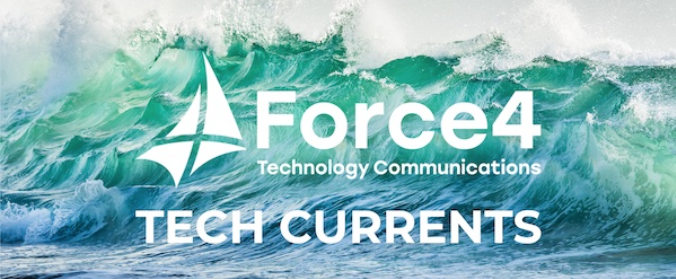Converging IR and PR for Stronger Communications
By Cara Sloman, Chief Executive Officer
In an ideal world, PR and IR would work hand-in-glove to promote product value, brand awareness and differentiators to customers and investors alike. Unfortunately, PR and IR have grown further and further apart over the last two decades. Is there a way to reconcile these factions so they can realize a more beneficial relationship, where the sum is greater than the parts?
An Invisible Line in the Sand
Because they often report to different corporate officers, IR and PR teams rarely work together – even though they are both responsible for promoting the company. Typically,IR reports to the chief financial officer and PR reports to the chief marketing officer, and the two teams have very different, distinct tasks.This has led to a narrowing of communication – and often a loss of synergy between the two organizations.
Expanding the dialogue between the two groups could do a lot to strengthen and clarify a company’s message while increasing visibility. In our experience, closer alignment results in more sales and stronger partnerships.
Three Steps Toward a More United Front
To erase that invisible line and begin a more expansive dialog between IR and PR, here are three best practices we use.
Timelines
IR and PR teams both rely on timelines of upcoming events to plan their work. IR looks toward quarterly results, scripting earnings calls and end-of-year 10Ks. PR focuses on press releases, media engagement, trade shows, presentations at events and awards. Sharing key dates and available content enables both teams to more efficiently develop supporting documents that offer greater value.
The improved quality of communication created by joining forces and sharing information generates greater interest from prospects and investors. And that means increased return on investment and less wasted time.
Trends
IR is often buffeted by news items that cause investors to demand explanations of how the company plans to address a new trend or a perceived weakness in a current product offering. The PR team is constantly on the hunt for the latest industry trends and events, which are used to expand thought leadership by the company’s experts. When PR works closely with IR, the PR team proactively shares trends, factoids and quotes from team experts, so IR can use this information to respond confidently to shareholder calls following industry events. Conversely, when IR keeps PR looped in on the questions they’re being asked, PR can insert approved CMO and CEO messaging in industry analyst and media briefings.
Coverage
PR success is often measured by the number and quality of articles secured for the company.
Often, we’ve observed that these pieces are not seen by IR until they search the company website to determine what good things have been said in the last quarter by the media and industry analysts (assuming the website is kept up to date). Since coverage wins are frequently sent the same day and the coverage is sent from the PR team to the marketing team, it would be simple enough to include IR on the communication thread.
The best-case scenario would be for the IR team to see the coverage as it comes in, helping them to pick and choose items along the way that would be of interest to IR’s key audiences. For instance, large investors put a great deal of value on awards. Awards should be sent immediately to IR so that they can promote them in their discussions and communications.




